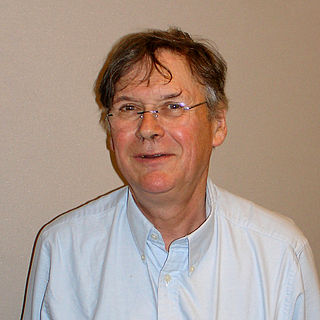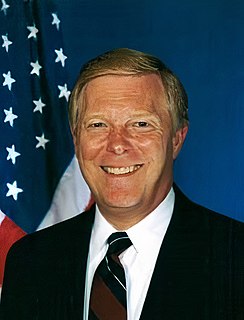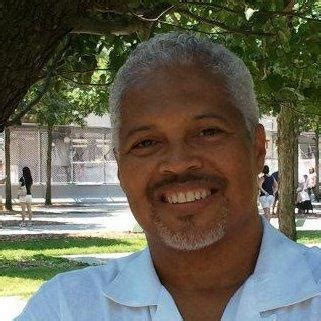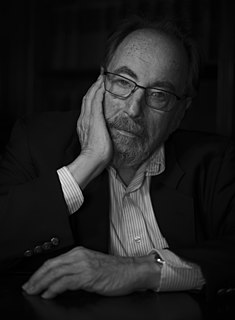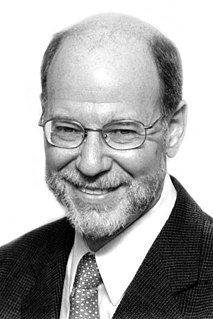A Quote by María Blasco Marhuenda
A short telomere represents a persistent and non-repairable damage to the cells, which is able to prevent their division or regeneration.
Quote Topics
Related Quotes
For example, in Vitamin K, the clotting proteins get it first... and
only after they're satisfied do you prevent calcification of the arteries,
or prevent cancer, or prevent bone fractures. It's all insidious damage
that you get that's a long term consequence. In fact, we call these the
diseases of aging.
Single cells analyze thousands of stimuli from the microenvironment they inhabit. The more awareness an organism has of its environment, the better its chances for survival. When cells band together they increase their awareness exponentially. Division of labor among the cells in the community offers an additional survival advantage. The efficiency it enables more cells to live on less. Evolution is based on an instructive, cooperative interaction among organisms and their environment enables life forms to survive and evolve in a dynamic world.
The brain is a tissue. It is a complicated, intricately woven tissue, like nothing else we know of in the universe, but it is composed of cells, as any tissue is. They are, to be sure, highly specialized cells, but they function according to the laws that govern any other cells. Their electrical and chemical signals can be detected, recorded and interpreted and their chemicals can be identified; the connections that constitute the brain's woven feltwork can be mapped. In short, the brain can be studied, just as the kidney can.


